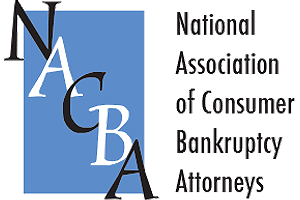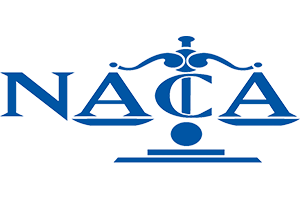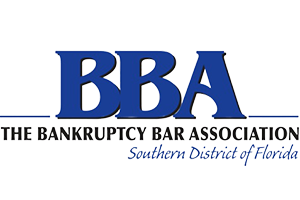Chapter 13 bankruptcy, Chapter 7 bankruptcy and discharge dates
On behalf of Bankruptcy Law Firm of Clare Casas on Saturday, August 16, 2014.
There are mainly two types of personal bankruptcy that consumers pursue in the United States. Consumers in Florida often file for Chapter 7 bankruptcy, instead of Chapter 13 bankruptcy. However, there are certain qualifying requirements. Chapter 7 bankruptcy allows consumers to get rid of the majority of their unsecured debts. It is not a long, stretched-out process and, after the discharge, the consumer has the opportunity to start rebuilding a stable financial future.
Chapter 13 bankruptcies are slightly different, as debts are adjusted. It is not a total liquidation of assets. It is a longer process, as debt is paid back over a period of three to five years. After this period, a consumer may discharge the remaining debt if it is unsecured and allowable. Whereas the discharge of debt in a Chapter 7 bankruptcy may happen about four months after the court proceedings are finalized, a discharge in a Chapter 13 bankruptcy occurs only after the plan of payment has been completed, and the court has assessed any debts still remaining.
Not every debtor qualifies for Chapter 7 bankruptcy. Sometimes debtors want to keep certain assets and filing for Chapter 7 bankruptcy means forfeiting those assets. Therefore, they opt for Chapter 13 bankruptcy.
Another important aspect to consider when deciding to file for bankruptcy is the period of time that the bankruptcy record will appear on a consumer’s credit report. In Florida, a person’s credit report will show a Chapter 7 bankruptcy for 10 years, while a Chapter 13 bankruptcy will show up for seven years. Originally, a bankruptcy filing has a negative effect on a consumer’s credit rating, but this effect decreases over time. Thus, consumers overwhelmed by debt should consider the best-possible solutions for their specific situations.
Source: foxbusiness.com, “When is a Bankruptcy Officially Discharged?“, Erica Sandberg, Aug. 4, 2014







